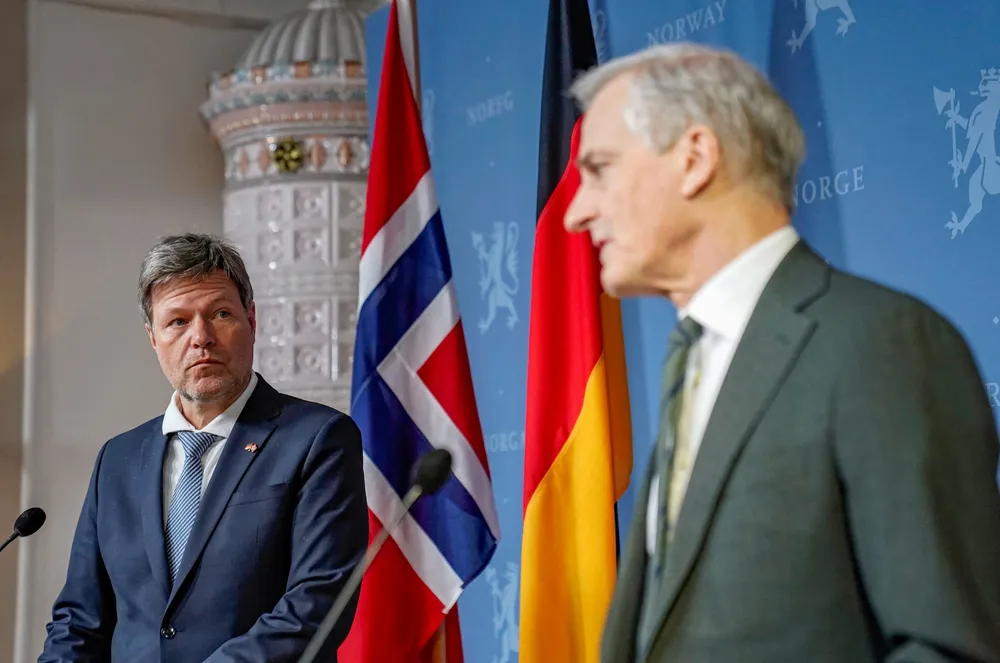Norway and Germany announce plan to build hydrogen pipeline between the two countries by 2030
State-owned Equinor aims to send up to 10GW of blue hydrogen through the pipe from Norway, and to co-develop 3GW of 'hydrogen-ready' gas-fired power plants in Germany
